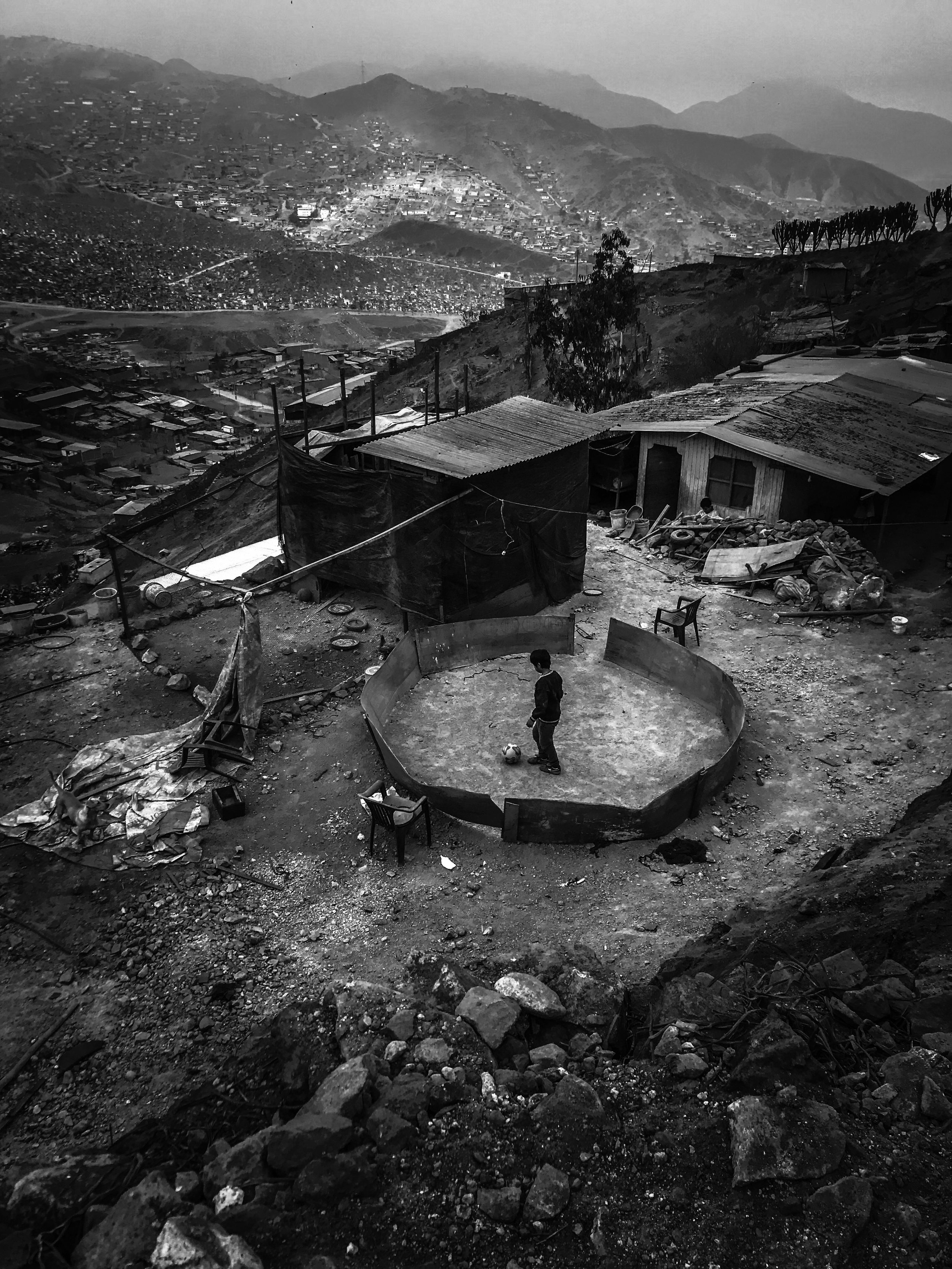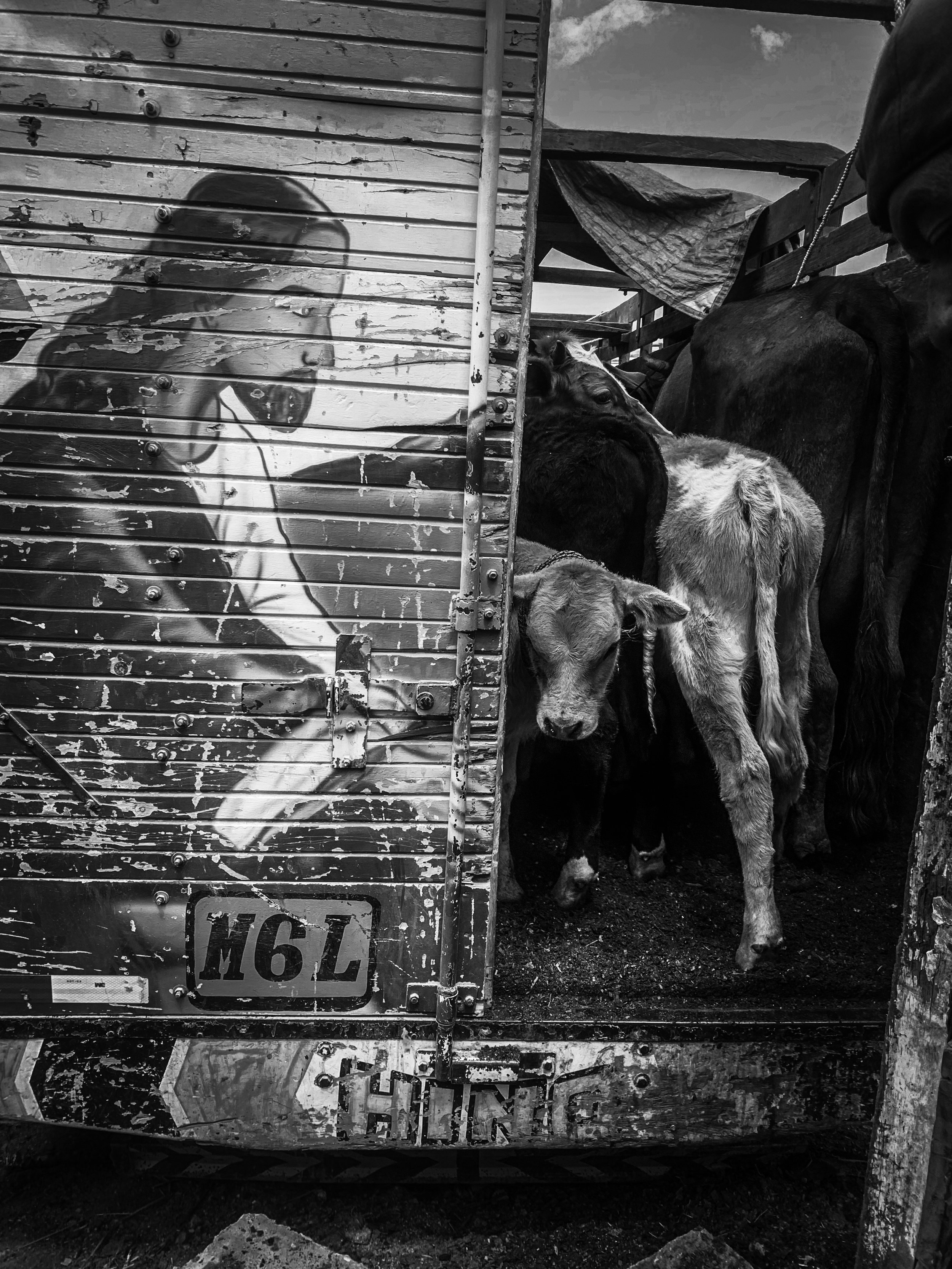MARCO GARRO
WEB I @marcogarrop I Twitter
All rights reserved ©Marco Garro
Marco Garro (Peru). His work focuses on environmental and social issues. He is currently an NGeo Society Explorer and a Pulitzer Center recipient. He has received the Photography Residency "Musée du Quai Branly - Jacques Chirac," the 1st. Prize in "the Photography Salon" (ICPNA) of Peru and received in two years, 2016 and 2018, the 1st. Award from the IPYS press organization, Peru, in the photography category. Garro has exhibited at the Museum of Contemporary Art in Peru and in group shows in Brazil, Spain, Guatemala, the United Kingdom, the United States, and Indonesia. He has published in various Peruvian print and digital media and international media such as the Wall Street Journal, Financial Times, The Guardian, Internazionale, and New York Times.
When and where did you start photographing? Who has been the reference for your photography?
MG: I started photographing around 2000 when a friend from the neighborhood where I grew up lent me an analog camera because he had begun studying at the university. With that camera, I photographed my immediate surroundings, friends, family, and neighborhood. Still, along the way, I understood that it was the perfect tool to get closer, enter other places, and meet other people and realities outside my everyday environment.
When I started working as a press photographer, I found the perfect pretext to photograph realities and contexts outside political and economic power centers. The press environment was the input and raw material to develop personal projects later. Parallel to this, photography continued to be an instrument that allowed me to search in my life and thoughts, a more personal extension, an attraction towards the emotions that specific images and interesting and hidden situations that I find along the way originated in me.
Who has been the reference for your photography?
MG: My visual references were diverse; I was initially very interested in the atmosphere and sensation generated by using chiaroscuro in the image. I remember looking at chiaroscuro painters like Caravaggio or Rembrandt and the light and shadow work of early horror movies. The significant contrast of light and shadow generated intense, strange emotions in me, and that unknown attracted me in a new way. Among photographers, I've always been interested in intimacy with the subjects that photographers like Diane Arbus, Eugene Richards, Brenda Ann Kenneally, and Anders Pettersen were achieving.
What do you want to convey through your images?
MG: We can divide it into two paths. In the first place, I find in my daily environment, my life, or the places I go moments or situations that attract me either because of the strangeness that it generates in me, because of the atmosphere that it transmits to me, or because of the things hidden in the shadows, what that isn't allowed to see, not only to know what is there but also to understand why I had that interest and thus to know myself a little more as a person. By the second path, I consider photography a communication tool that can and should fulfill a social function to the extent that one tries and works towards that goal; I still believe in photography that makes known and exposes realities, problems, injustices, harsh human conditions, with the classic utopia that it can generate changes or touch fibers in people, a photograph capable of showing and making people aware of what is happening in our countries.
How are your life experiences reflected in the symbols that we see in your photographs?
MG: I had always been somewhat private, reluctant to talk about my emotional problems or difficulties. It started when I was 12 and had an accident; I lost my brother, hospitalized for a while. Over the years, this experience shaped my way of seeing and influenced my work in photography. Always attracted by the darkness, the density, and the emotional charge that situations or moments have. I always thought that this experience had hardened me emotionally, and that's why I felt attracted to denser subjects with a significant emotional charge. However, little by little, photography became a process to channel all these subjects. Photography reflects what we think, feel, live, or have lived. The photograph of each one is not only a tool that allows us to document the problems others face but also to know and recognize ourselves.
All rights reserved ©Marco Garro









